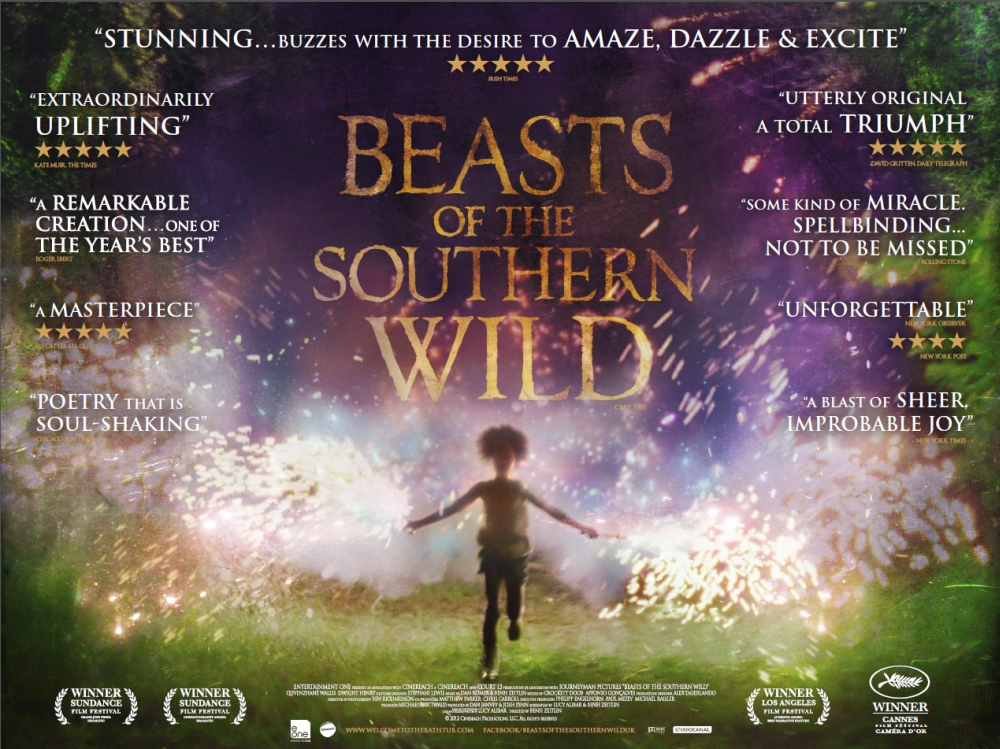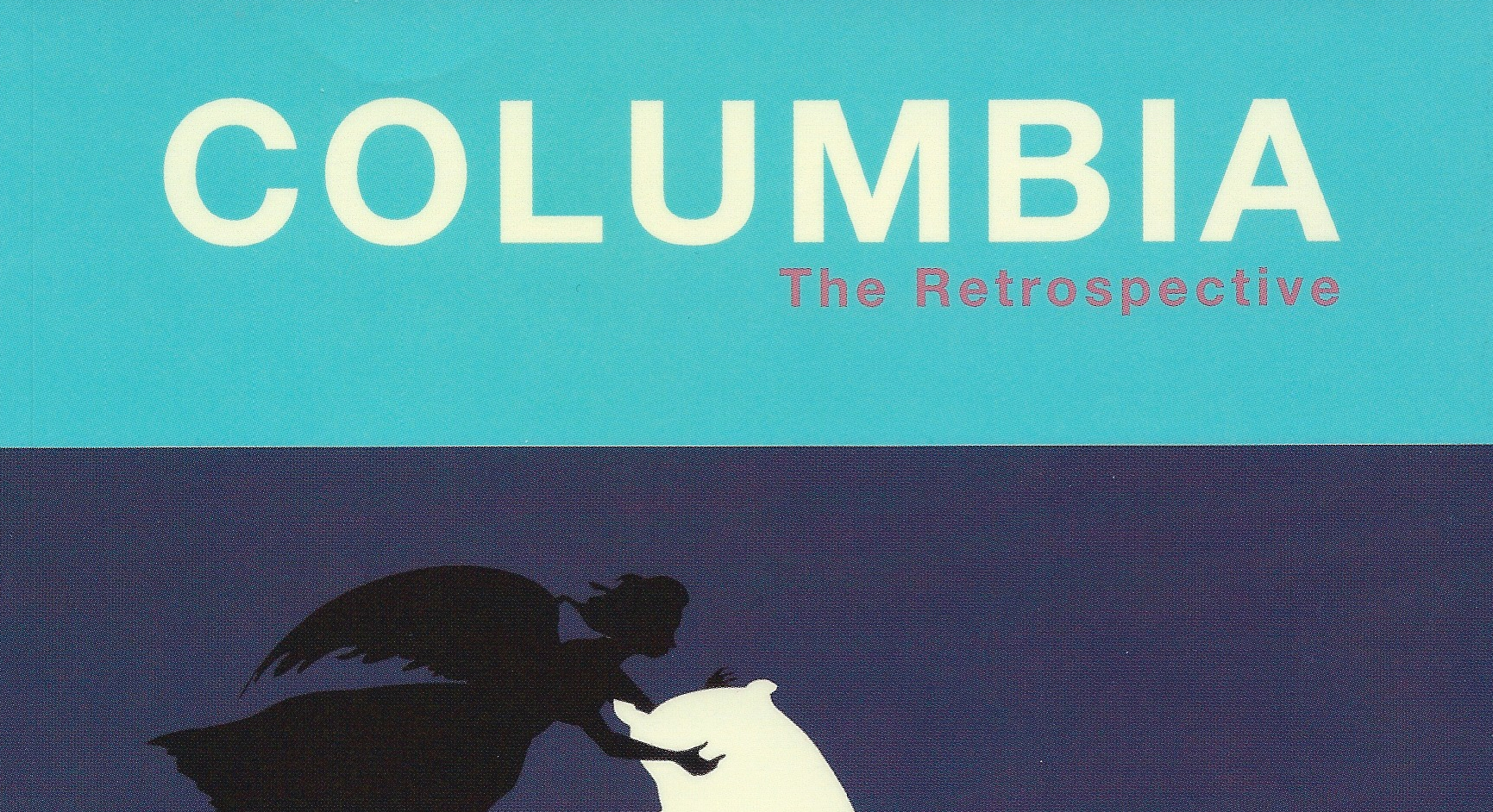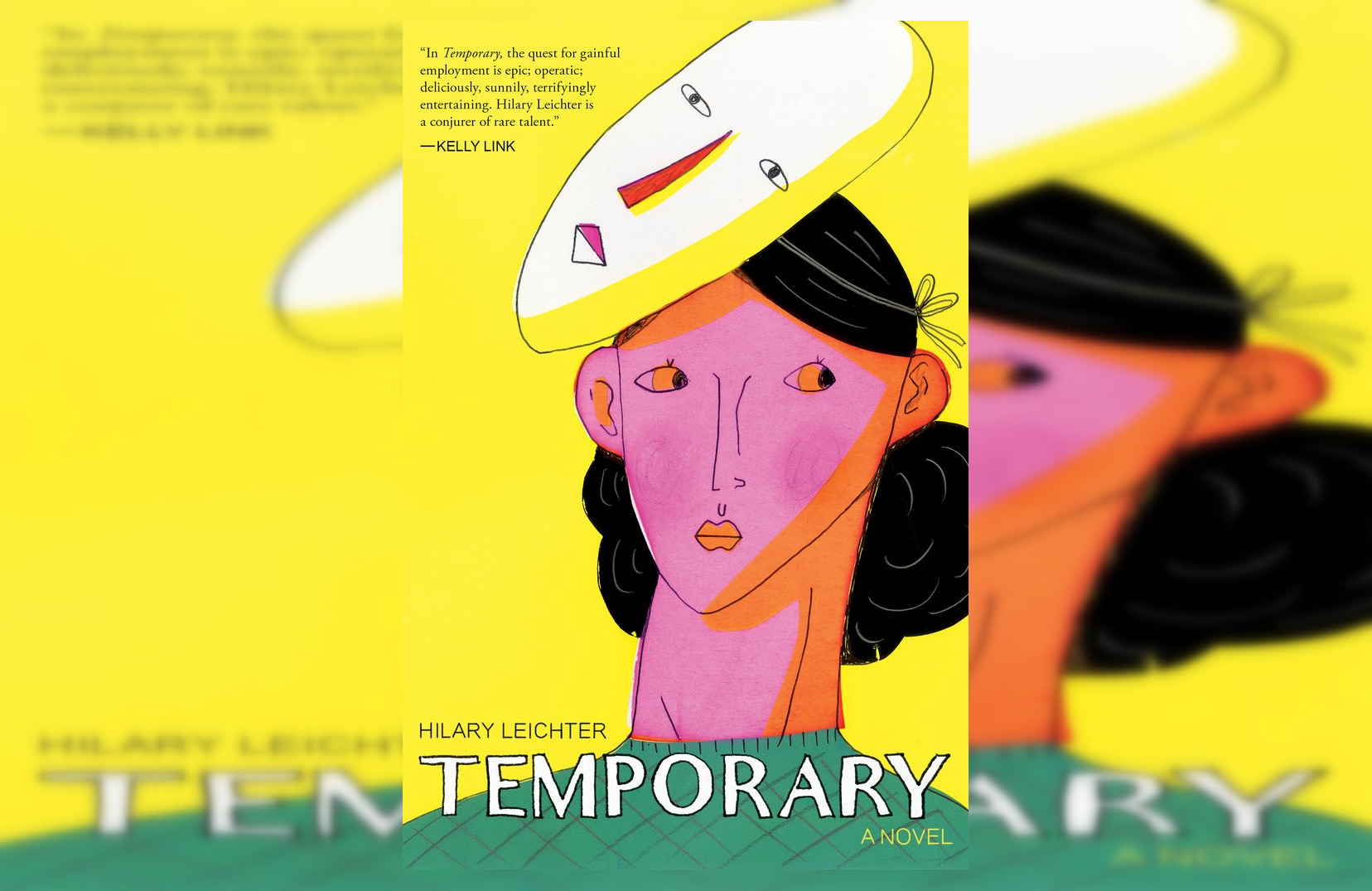Kevin Deutsch is an award-winning criminal justice journalist and true crime author. His first nonfiction book, The Triangle: A Year on the Ground with New York’s Bloods and Crips (2014), is an immersive account of the year the author spent covering a Bloods-Crips gang war in Long Island. His second nonfiction book, Pill City: How Two Honor Roll Students Foiled the Feds and Built a Drug Empire (2017), chronicles the true story of how opiates stolen during the Baltimore riots sparked a wave of inner-city addiction and violence, and a revolution in the way illegal drugs are sold. He teaches journalism at Queens College and lives in New York City.
Below, we discuss the craft that went into the writing of Pill City.
Kayla Tanenbaum: As a crime journalist, I know you’ve written tons of articles about drugs, and you have a past book about gangs in New York. What would you say draws you to the subject?
Kevin Deutsch: I’ve always been interested in crime and the underbelly of American capitalism. I’ve always been more interested in the layers of America that we don’t see than the ones that we do. My interest in that kind of journalism began when I was working at The Miami Herald. I was a rookie reporter on the night police beat there. I had a police scanner on my desk, and from 3 to 11 p.m. I listened up for any action on police and fire department frequencies. Shootings, fires, car accidents; if there was a body or someone was likely to die, I ran out and chased the story. I was fascinated by the way violence and tragedy shaped lives, and so I carved out a niche covering that world.

KT: What about this story in general? What was the genesis of your involvement?
KD: During the first hours of unrest in Baltimore in 2015], I received a call from an underworld source of mine who lived there. He was someone I’d hoped to speak with for my first book, The Triangle. He’d been a gang leader in New York, and though he didn’t want to talk to me for that project, we built up a relationship, struck up a correspondence, and stayed in touch. I had been interested in writing about his experiences as a gang leader for a separate story, or maybe even another book. When the riots broke out, he called me and texted me and told me to, basically, get my ass down there. He was the first one who turned me onto what was happening with the pharmacy lootings, and the trafficking of opiates stolen from those pharmacies.
KT: What do you think motivated him to call you?
KD: He’d lost a number of friends and relatives to pill and heroin addiction. He knew what the looters in those pharmacies were after and understood the potential damage those drugs could have. And he was right. Also, I think he was ready to have a story told from his point of view.
KT: The story you tell about the subsequent drug ring, so to speak, was not covered in the news.
KD: The national and local press in Baltimore covered the gang connections to the pharmacy lootings, and wrote about the increase in illicit opiates hitting the street as a result of that looting. But that’s really as far as the coverage went. I don’t think daily reporters on their beats in Baltimore had enough time to dig deeply into the pharmacy element, because there was so much else that needed exploring: Freddie Gray’s life and death, the police implicated in his death, the local and federal responses to issues highlighted by the unrest, and so many other stories. I had the luxury of focusing solely on the pharmacy angle.
KT: What do you do to build the trust of your sources?
KD: It’s really a matter of putting out as many feelers as I can, approaching as many people as I can, and trying to get access in whatever form I can. Mostly, when I’ve had success, it’s been because I managed to keep myself on someone’s radar until they finally decided I was trustworthy enough to whisper something to. In situations that are more surgical, I often turn to intermediaries, in a similar (but less dangerous) way that journalists in combat zones turn to fixers. I try and build connections with people in the community before delving deeply into it, so that I might be viewed as someone with a connection to that community, rather than just a white interloper writing a story.
KT: When you’re reporting in the middle of unfolding events, do you ever just observe? Do drug dealers ever let you in the room, or is it mostly interviews, in terms of your gathering information?
KD: A lot of it is just observing. A lot of it is just being a fly on the wall, and it usually takes months or a year or more to get to that point. I almost never take notes when I’m in the the room, so to speak. I take mental notes, and then when I’m back in my car or back alone or in the bathroom, I take my notepad out or my phone out and scribble or type my notes as best I can remember. I think that’s probably one of the most important tools in the journalist’s toolbox: being able to observe in a way that is unobtrusive.
KT: Do you ever fact check your sources?
KD: Whenever possible, I try to match up the gangland narrative with the official narrative of the authorities, which isn’t easy to do, and is sometimes impossible. You’re dealing in a world of extreme murkiness where everyone is trying to control their own narrative, from the police to the gangsters to the addicts. Who you decide to trust, whose story you decide to validate is, perhaps, the most important choice you make as a writer. It’s also true that the rules of traditional newspaper reporting would have made a story like this one, requiring use of pseudonyms, detail, location, and other changes, almost impossible to tell in a mainstream outlet. But since our way of telling this story is the only way it could see the light of day — the only way those who spoke with me could maintain their anonymity — I adapted it to that nonfiction narrative style.
KT: While I was reading Pill City, I kept going back to Adrian Nicole LeBlanc’s Random Family, and she takes essentially an opposite approach: she’s immersed in the lives of her subjects, and there’s almost no discussion of policy or government unless the characters themselves deal with different city agencies and institutions. I think both ways of going about covering a story are effective. How did you decide when to “zoom out”?
KD: One of the reasons I chose to zoom out, in the places I did, is because my background is in newspaper reporting. I believe journalism has to be educational and perform the basic function of informing the reader. The narrative arc might be dramatic, but lively writing will only tell the reader so much. They will see, feel, and hear the story via that narrative, but I like to use data and government policy prescriptions and relevant statistics, too, to bring home the weight of the story to the reader.
KT: Can you talk a bit about the ethos of “disruption,” in terms of how it affected the Brick and Wax, but also how it’s affected this country because I personally, after reading your book, felt that I gained insight into why this country elected Trump.
KD: I agree that Trump is the result of disruption in the political world, just as Brick and Wax are emblematic of an era of disruption in the underworld. People are feeling disquiet and uncomfortable; they feel that nothing is solid. Some of that is because of rapid technological advances. Disruptors feel in all realms — political, social, and the underworld — that they can obtain power right now, because the balance of power is so tenuous.
KT: Something that I found extremely interesting is at the end of the book, you quote a doctor who says we need a Marshall Plan but for addiction. It’s striking to me how differently this opioid addiction is being treated from the crack epidemic of the ’80s. Do you think racism plays a part?
KD: I think saying it’s racism alone would be oversimplifying, but racial bias and racism certainly play a part. Seeing images of grieving white families and young, pretty white girls who overdose on pills or heroin — that’s what we’re used to seeing on the news today. Compare that to to the images and news stories we saw coming out of impoverished black neighborhoods struggling with the crack cocaine epidemic in the ’80s. The addicts then were not humanized or shown sympathy in news coverage. Punishment, rather than treatment, was seen as the solution, and the journalism of the time reflected that approach.
And I can’t emphasize enough how much politics and political voice play a role in this disparity. Impoverished African American communities that were hit hard by the crack epidemic were also some of the least politically influential communities in our country. Their voices were not often heard or paid attention to politically. White communities dealing with the opiate epidemic today have much more political pull than those communities in the 80s ever did.
KT: What do you want readers to take away from this book? Are you hoping for political change?
KD: I’m a journalist, not an activist, and not a politician. I do not try to effect change except in the sense that I want people to wake up to the fact that the reality we live in is much more complicated than what is traditionally portrayed. My only goal is to tell a deeper truth. What people do with that is up to them.




